DOG TRAINING OFFERED IN-PERSON AND ONLINEOur dog training services are delivered in almost any format that meets your needs. We have GROUP CLASSES at our indoor and outdoor facilities on our farm, ONLINE LIVE STREAMING classes, and SELF-PACED VIDEO-BASED training through our Online Dog Training Course. Our PRIVATE TRAININGS can be done in-home, outside, in public dog-friendly locations, at our facility on our farm, online via phone or video conferencing and through email. |
Could your dog be in pain and you don't even know it?
Can you tell when your dog is in pain? Sometimes, sure. All the time. Unless you are really really good at noticing the subtle signs of pain in your dog, it's very likely your dog could have pain issues that you never notice.
That does not mean your dog is in pain right now. Or all the time. But if your dog has pain issues, there is a chance you would never even notice.
My dog is still going for walks, running and playing, jumping on the couch, and doing all of his normal things. He clearly would not do all of that if he were in pain. Right? Maybe. But that's not always the case.
If you have read The Blitzen Bulletin, you might be familiar with the issues we have been working through with Blitzen. He was having pain issues before he came to us. But the signs of pain were subtle enough that a normal household would have a hard time recognizing the signs.
After he came to live with us, it was still a challenge sometimes to tell when he was feeling painful or not. He would still run and jump and play with the other dogs. But if I watched carefully, there were signs that he was, in fact, in pain despite still doing all of those “normal” dog things.
I have worked with lots of dogs who showed potential signs of pain. Some who did not show obvious signs but some things were “off” from my perspective as a professional Behavior Consultant and Dog Trainer. I am not a veterinarian, so I cannot diagnose pain in dogs. But I can often notice signs that indicate a vet visit to be assessed by a professional are in order.
The tricky part is that even if I send a client to their veterinarian to be assessed for pain, it can be difficult for the vet to assess pain during a routine exam. A vet might check them over and say they are fine. Some are. Some are not. Pain can be difficult to diagnose in some dogs and in some situations.
Sometimes x-rays will help. Sometimes not. Blitzen had x-rays and even an MRI and according to both of those, he looks pretty normal. There are no major signs of a problem. Theoretically, according to those, he was fine. Except that he was not.
So what is one way to watch for possible pain issues?
Change in behavior is certainly one big clue of a possible problem. Sometimes a behavior issue is rooted in pain.
I had a client who had called me for help because their dog was biting visitors to their home. As far as we could tell, there were no other problems. It really seemed like a behavior issue. I got them started working on it from a behavior perspective. But I also suggested getting a vet visit to see if he was feeling well.
It turned out that this particular dog had several bad teeth that needed to be removed. That was not something I could tell by watching him. Guess what happened after his bad teeth were removed? He stopped biting visitors! The only symptom of a problem was biting visitors, but when we addressed an issue that was most likely causing him pain, it stopped. Right away.
I had another client whose dog would no longer go up and down the stairs. That's a problem when you live in a split level house that requires you to do stairs to get literally anywhere in the house. Turned out he had a broken back previously. Once he was cleared by the vet, though, he still was not doing the stairs.
I recommended that they look into some acupuncture for their dog. I referred them to a wonderful acupuncturist who came to their home to work with the dog. She was clear that acupuncture might take several visits to see positive effects. In this particular case, after one session, the dog was doing stairs again with no problems.
I have had other clients whose dogs were moving a bit awkwardly, or would sit awkwardly, or would be hesitant to sit or lie down. Or slow to move up and down. I have had some diagnosed by a vet with hip dysplasia. One had a knee problem.
So, if you are seeing issues or changes in behavior and suspect there could be a pain issue involved, check out Dr. Marie Bartling's website and review her pain posture gallery.
Does your dog look similar to any of these dogs exhibiting pain through the way they sit or lie down?
If so, a vet visit is in order. But before you go, take pictures of your dog in those positions. Take video of your dog walking. Take video of your dog going up and down stairs – if they can do so. Bring documentation to show your vet because some of this might not be able to be seen in a vet exam.
If your vet is not sure, go to a veterinarian who is an expert in pain management.
Are all dogs in pain? No. But a lot more than we think actually are. There are many many dogs out there who have pain issues that are never diagnosed and treated.
How is your dog feeling? How good are you at assessing changes from normal? Start watching your dog more closely so you know what normal looks like so that it will be easier to tell when your dog is not moving or acting normally.
Our goal is to positively impact the lives of as many dogs and their families as we can, in part through our extensive library of video, infographics and text articles. |

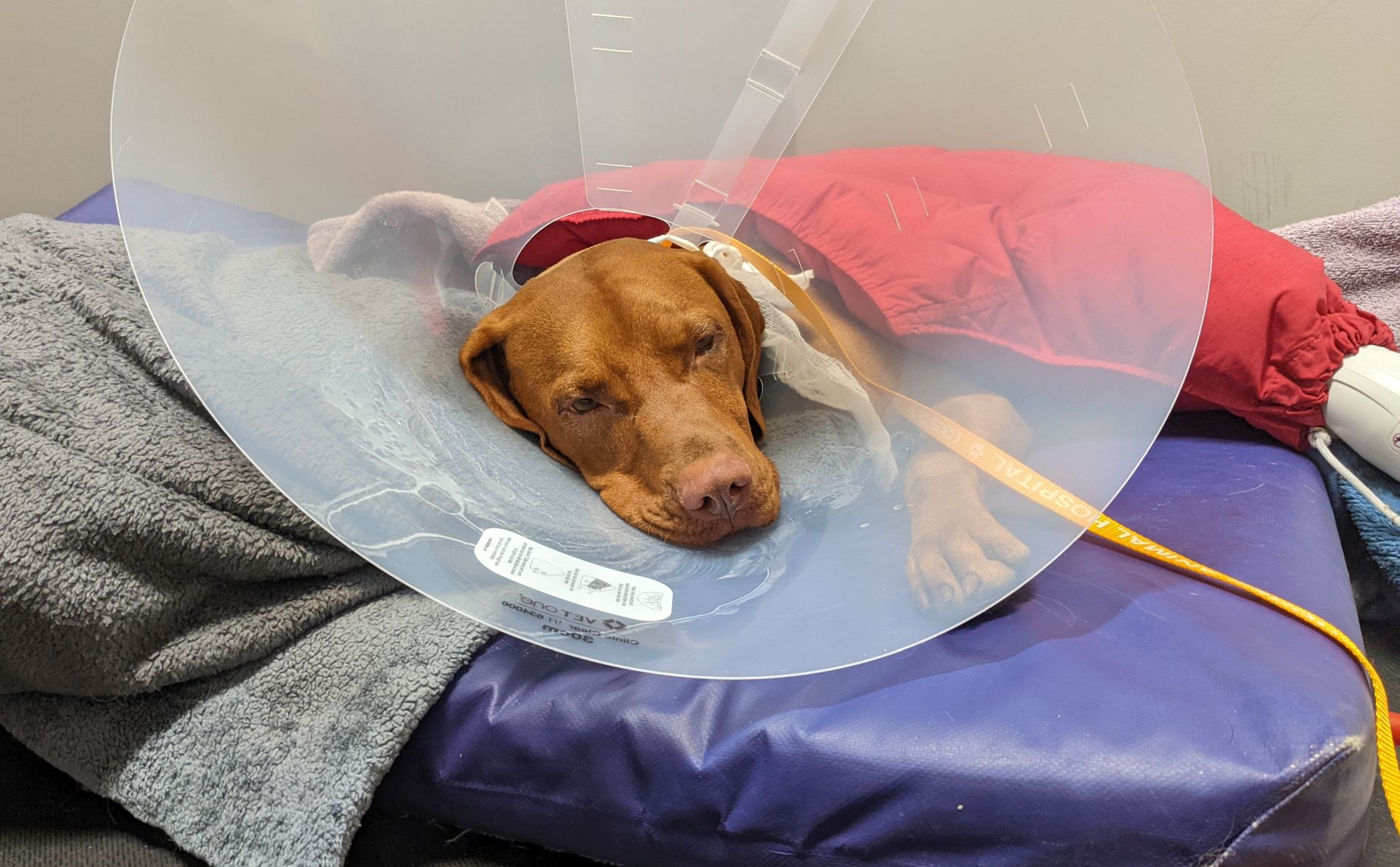

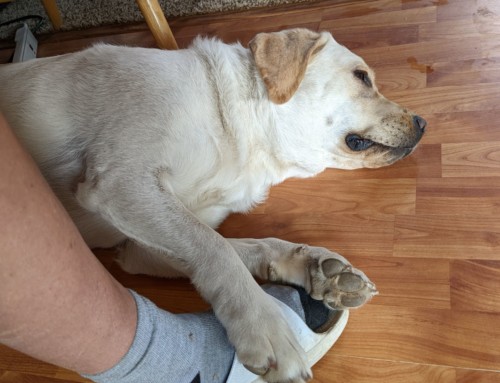
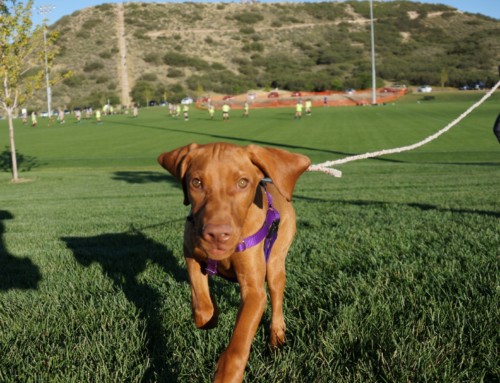
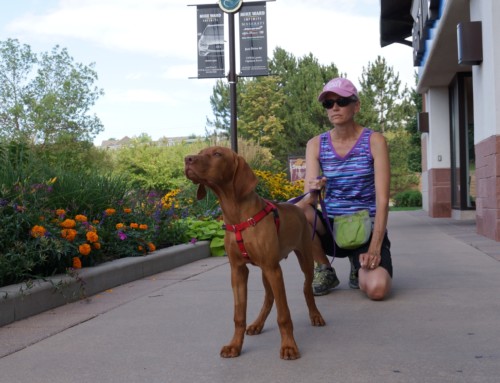
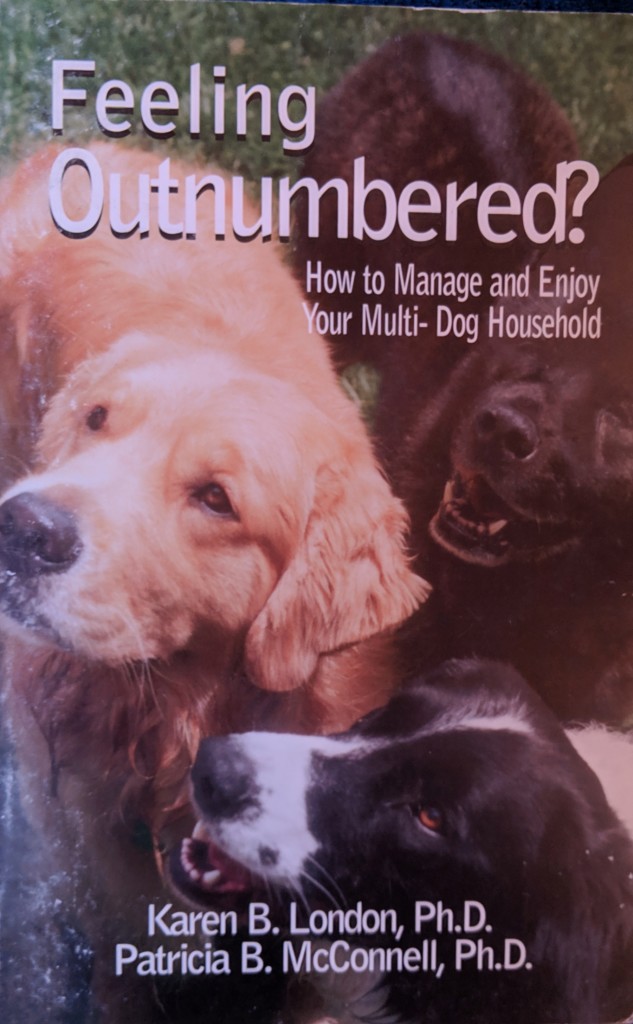


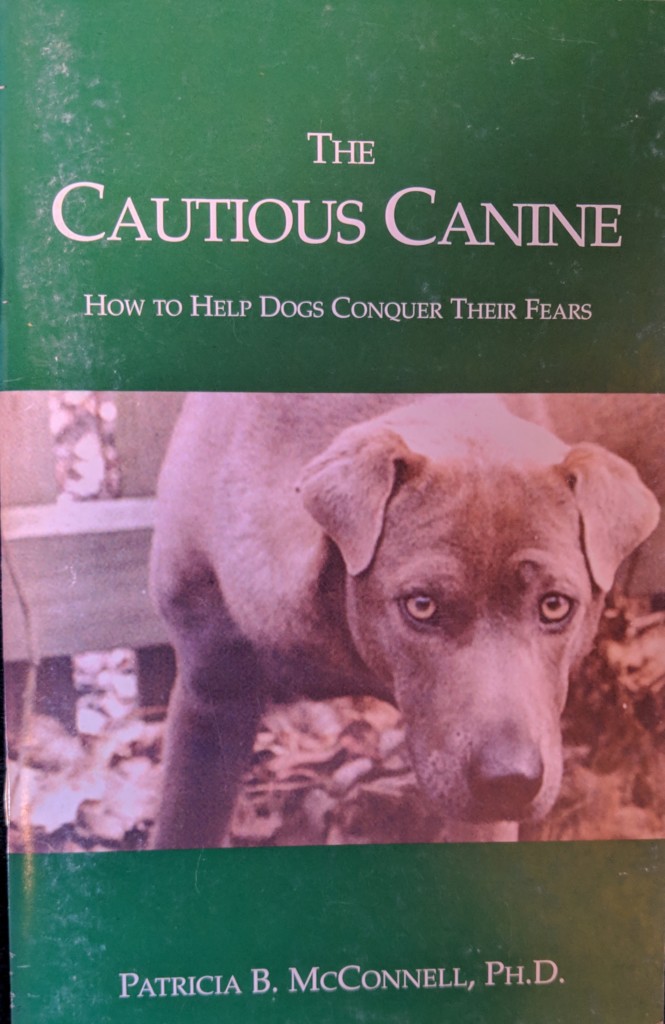
Leave A Comment